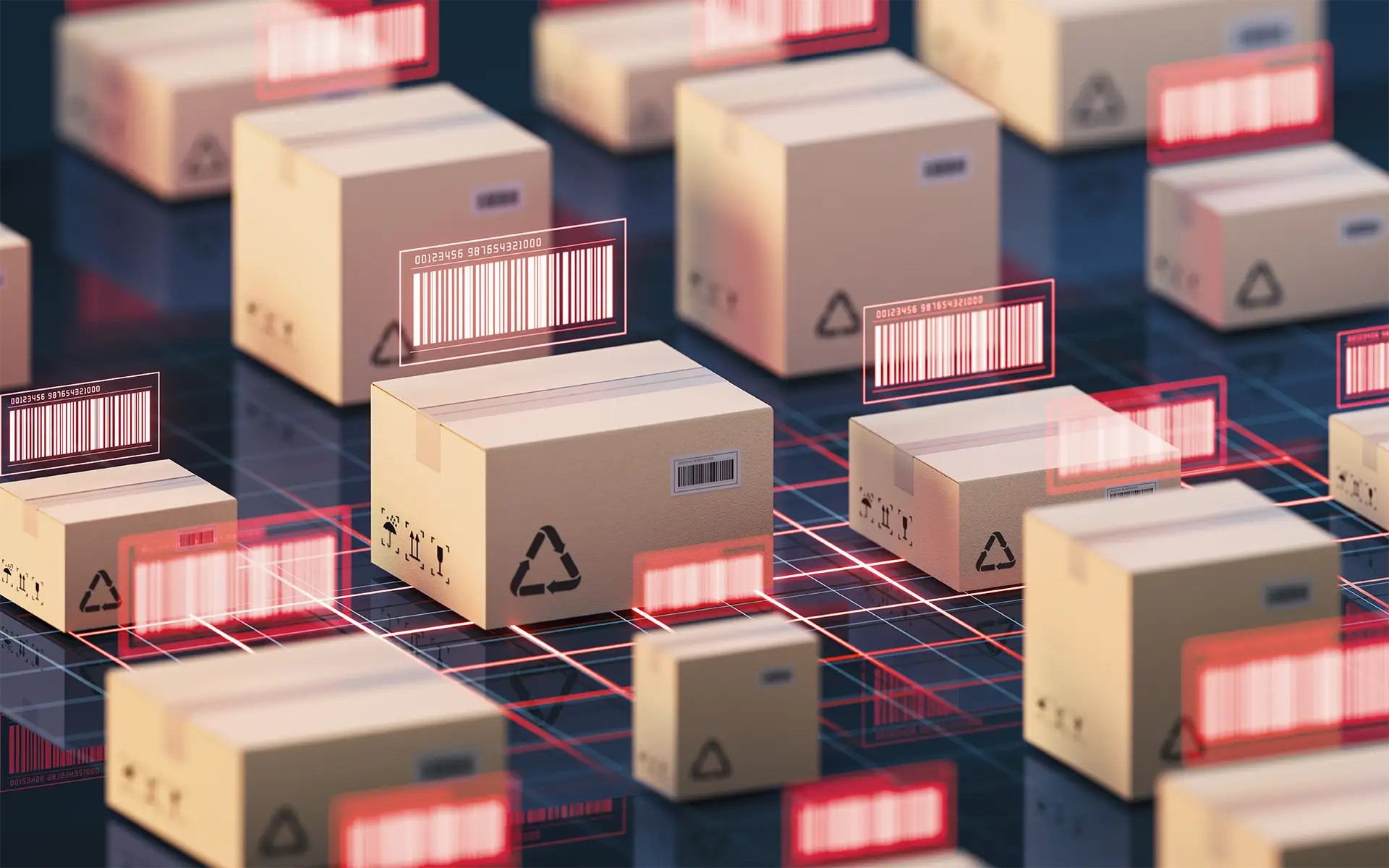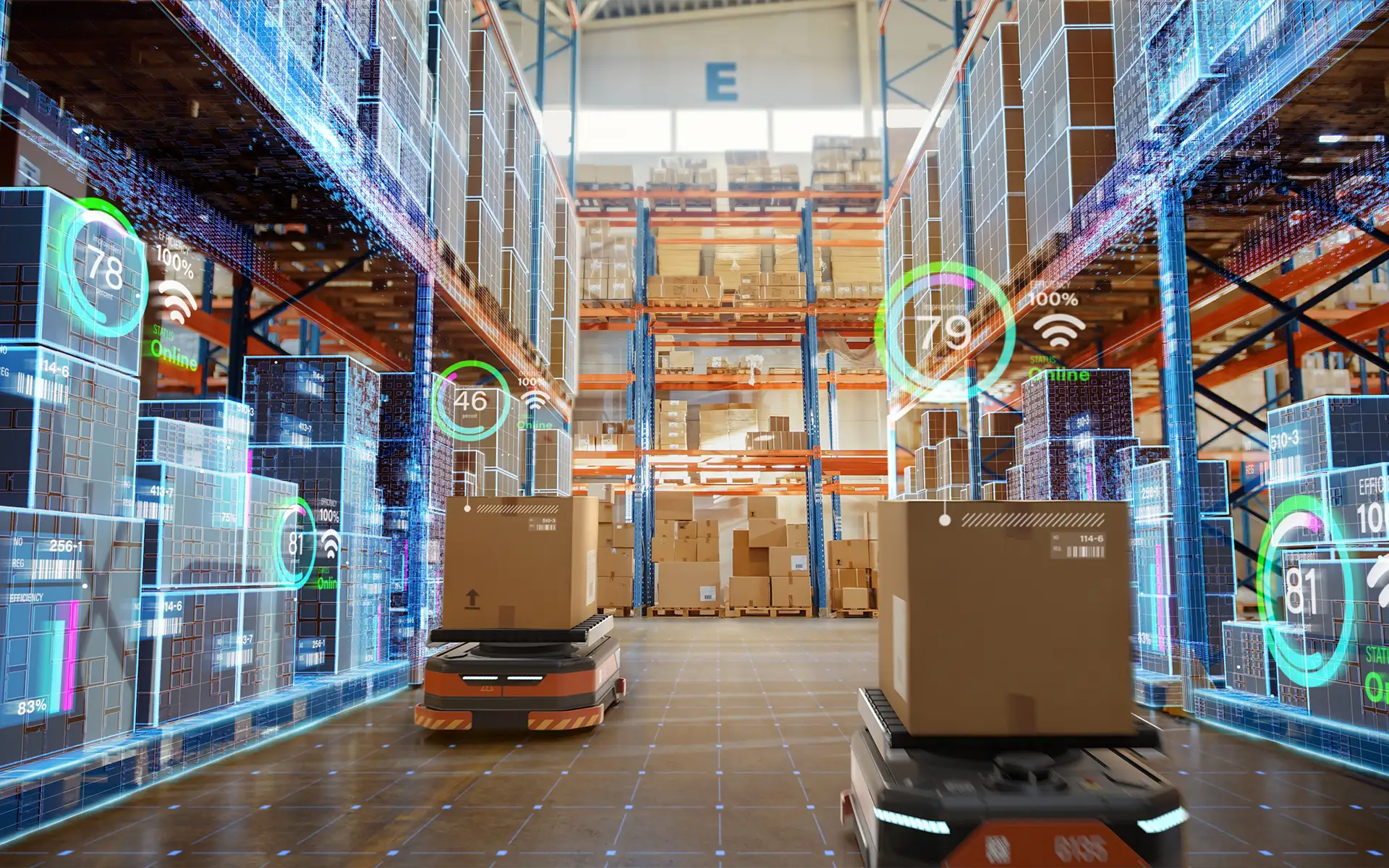At Peerless Electronics, we know every second counts in today’s ever-changing, fast-paced electronics industry. That’s why we offer over 50 customized, value-added services for our customers, complete with custom-tailored technical support. A standout among these services is our customized auto replenishment system and J.I.T. (Just In Time) delivery programs, which help keep your supply chain running smoothly without guesswork or delays.
Today, we’re exploring the impact of customized automated replenishment, including its operation, key components, benefits, and more. In industries where disruptions can be costly, Peerless Electronics' value-added auto replenishment system can help streamline operations, optimize inventory levels, and more to save time and money.
What Is an Auto Replenishment System?
Auto replenishment systems are designed to ensure shelves are always stocked without manual tracking or ordering, boosting efficiency and maintaining inventories for seamless supply chain management. It’s an inventory management process that integrates technology, real-time data analytics, and custom inventory strategies to trigger refills as needed, ensuring valuable components are readily available.
Difference Between Manual and Automated Replenishment
A manual replenishment system, as the name indicates, relies on human workers to track and reorder components. Manual systems typically involve spreadsheets or basic software, as well as hands-on visual checks of stock levels, to maintain accurate inventory levels. It’s a time-consuming process that can be reactive and error-prone, often resulting in critically low stock levels or expensive overstocking before action is taken.
An auto replenishment system, on the other hand, can automatically trigger restocking at the right time without human intervention. These systems utilize preset, programmed thresholds to maintain stock levels based on careful planning and demand forecasting. Unlike manual replenishment, automation takes a more proactive approach to regulating inventory levels, streamlining stocking efficiency without tying up unnecessary capital in excess inventory or human resources.
How Auto Replenishment Works in Modern Supply Chains
Modern supply chain efficiency is driven by connectivity and data analytics, both of which enable agile operations across networks and partners. For example, when a distributor integrates with customers' ERP or inventory management systems, part levels, consumption rates, and production cycles can be continuously monitored. Therefore, if stock levels reach a preset minimum or demand forecasting predicts a surge, real-time data can automatically trigger a replenishment order.
Key Components of Automated Replenishment Systems


Continuous replenishment involves several key elements that work together to optimize and streamline inventory levels. For example, at Peerless, our Sales, Purchasing and Value-Added team’s careful planning, strong supplier relationships, accurate demand forecasting, and efficient logistics coordination optimize inventory levels. Although warehouse environments may differ, automation typically involves the following elements:
- Inventory monitoring tools, such as bar coding, to track stock levels in real-time.
- Demand forecasting algorithms that analyze the usage patterns, sales data, and lead times.
- Preset and programmed inventory thresholds that automatically generate re-ordering triggers.
- Supplier integrations for communication between buyers and distributors.
- Data dashboards and reporting for transparency and control of replenishment settings.
Real-Time Data and Inventory Forecasting
Real-time data is the backbone of automatic inventory and continuous replenishment. It provides a constant and clear picture of inventory movement and consumption rates, giving automatic replenishment systems the necessary data to respond swiftly to changes in demand. This visibility helps avoid delays and shortages when stocking components. Taking things a step further, inventory forecasting analyzes trends, from seasonal demand and historical usage to lead times and production schedules, to anticipate future needs ahead of time. These tools aid smarter planning while helping avoid reactive purchasing.
Types of Auto Replenishment Systems
Inventory management systems are not universal; therefore, an auto-replenishment system must align with the management strategy.
Periodic vs. Continuous Replenishment
Periodic and continuous replenishment systems both monitor inventory levels, but with different frequencies. As the name implies, periodic replenishment checks inventory levels at set intervals, such as weekly or monthly, placing orders based on the data provided. Continuous replenishment is more transparent, as it continuously monitors stock levels and initiates orders immediately when thresholds are reached.
Just-in-Time (JIT) Inventory Models
JIT models are a form of continuous replenishment, focusing on precise timing rather than quantity. With JIT models, parts deliver exactly when needed in the production process, which minimizes on-site storage and waste while increasing efficiency. Peerless Electronics supports JIT inventory with advanced planning tools, efficient logistics coordination, and accurate demand forecasting.
Benefits of Automated Supply Replenishment Systems
Auto replenishment offers powerful advantages to electronics component buyers across industries, removing the guesswork from inventory management. These systems significantly reduce two of the most costly issues in supply chain management - overstocking and stockouts. With an efficient auto replenishment system, the parts you need are readily available when needed, eliminating the expense of excess inventory and downtime due to shortages. Another advantage is supply chain visibility. Automatic replenishment systems provide real-time insights into inventory flows, from current level to usage trends to upcoming needs.
Overall, auto replenishment systems, especially when combined with JIT delivery programs, increase ROI through better resource allocation, reduced labor, and lower carrying costs. Peerless Electronics streamlines customers' operations by offering both programs at no cost to customers, including pre-built assemblies that deliver just in time for production, saving even more time and money.
Future Trends in Automated Replenishment


The future of automatic replenishment is bright, with evolving technologies enhancing capabilities and making supply chains more adaptive, intelligent, and resilient. A few notable innovations include smart packaging, IoT connectivity, and AI-driven replenishment models.
Smart packaging can monitor conditions for sensitive materials, like many electronic components, by integrating sensors and indicators directly into product packaging. IoT connectivity enables physical assets in warehouses, like bins and shelves, to communicate with inventory management systems in real-time, boosting visibility and operational efficiency. And finally, AI-driven replenishment models support next-level forecasting by analyzing vast data sets to detect trends, optimize reordering, and dynamically adapt to demand shifts.
Conclusion & Peerless Electronics Value-Added Services
In an industry where timing, precision, and reliability are everything, Peerless Electronics delivers more than just components - we deliver peace of mind. Our value-added auto replenishment systems and JIT delivery programs are customized to help reduce stockouts, cut excess inventory, and keep our valued customers’ operations running smoothly without interruption. Highly committed to providing quality, personalized services, Peerless Electronics goes beyond the standard distributor model, tailoring solutions to fit your workflow to save time and money.
Frequently Asked Questions About Auto Replenishment
What is an automatic replenishment system in inventory management?
It’s a system that uses real-time data and predefined rules to automatically reorder inventory when stock levels reach a set threshold.
How does automated replenishment reduce stockouts?
It ensures parts are reordered before they run out, using real-time monitoring and forecasting to maintain optimal stock levels.
Can small businesses use continuous replenishment systems?
Absolutely - many scalable systems are available, and distributors like Peerless can tailor programs to fit the size and needs of any business.
What’s the difference between JIT and automatic inventory replenishment?
JIT focuses on timing by delivering parts exactly when needed. Auto replenishment ensures consistent stock levels based on quantity or usage.
Is an auto replenishment system expensive to implement?
At Peerless Electronics, we provide auto replenishment systems and J.I.T. delivery programs as part of our Added-Value Services for our customers.




